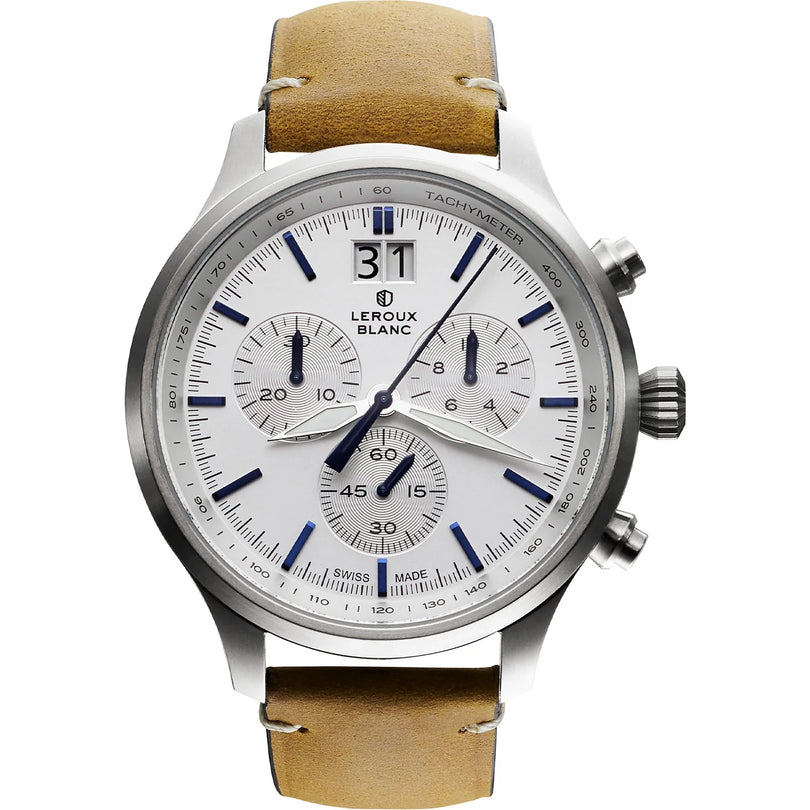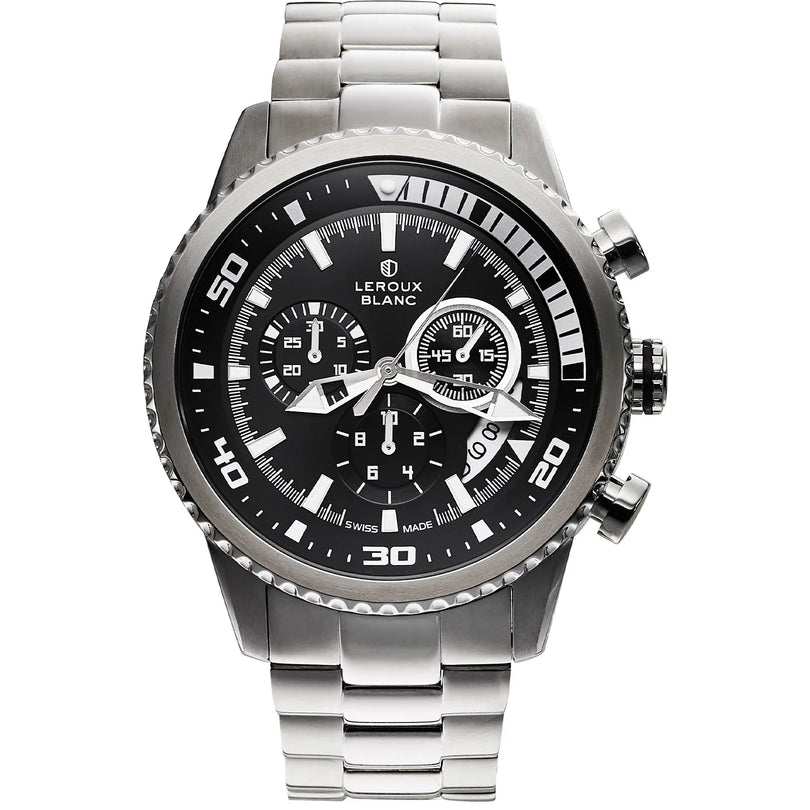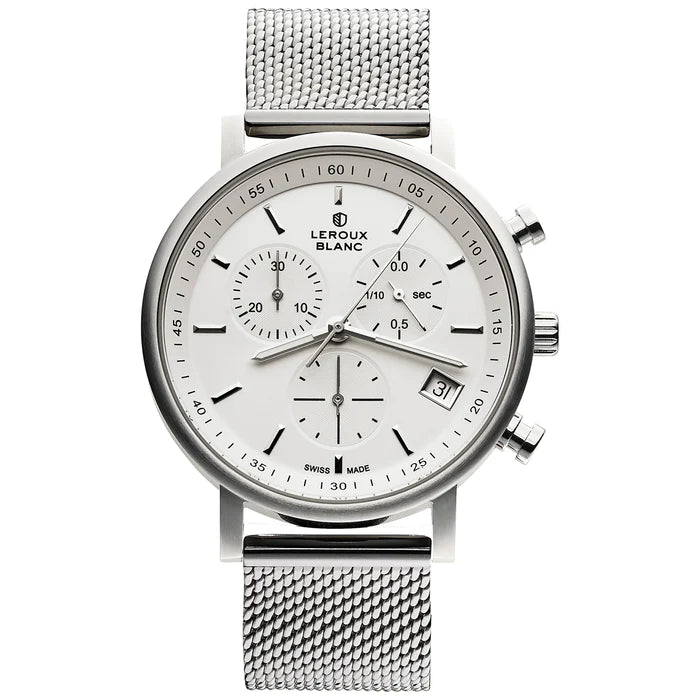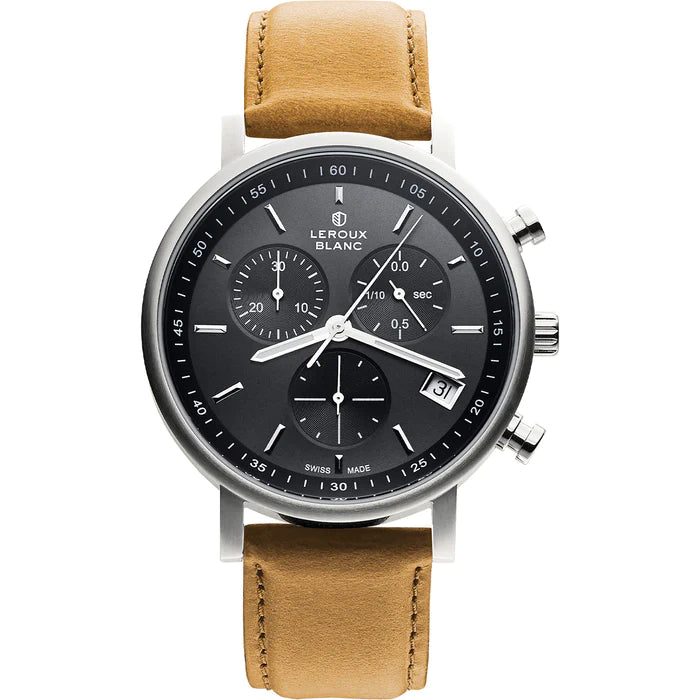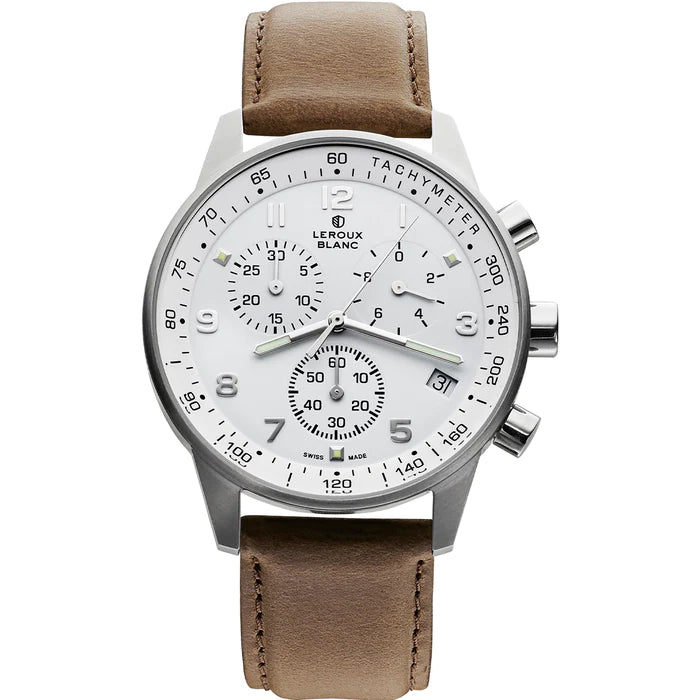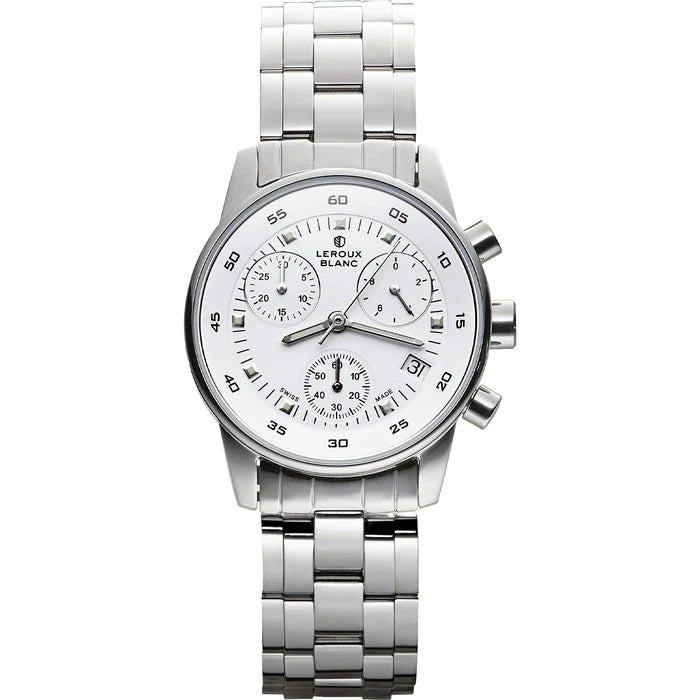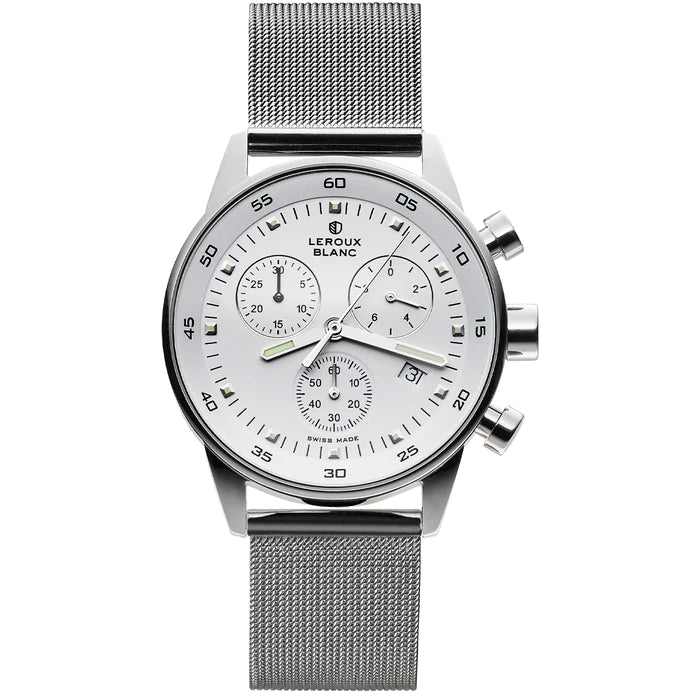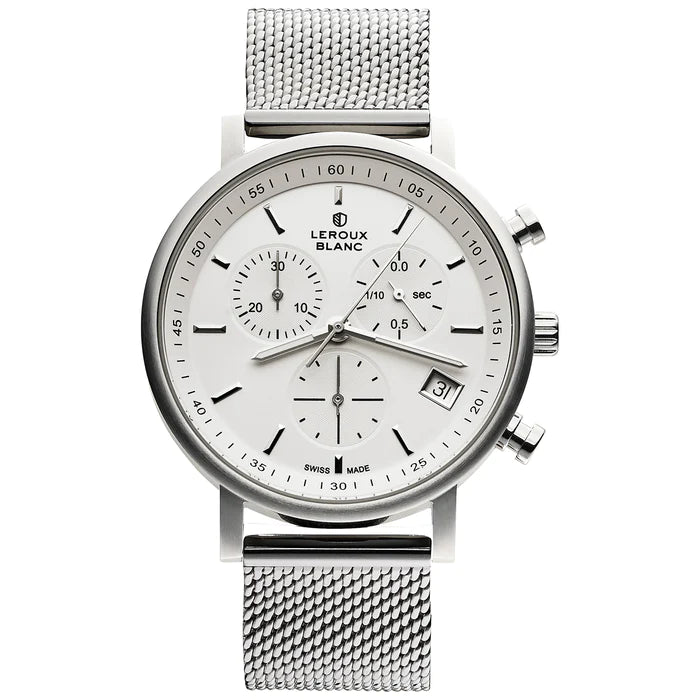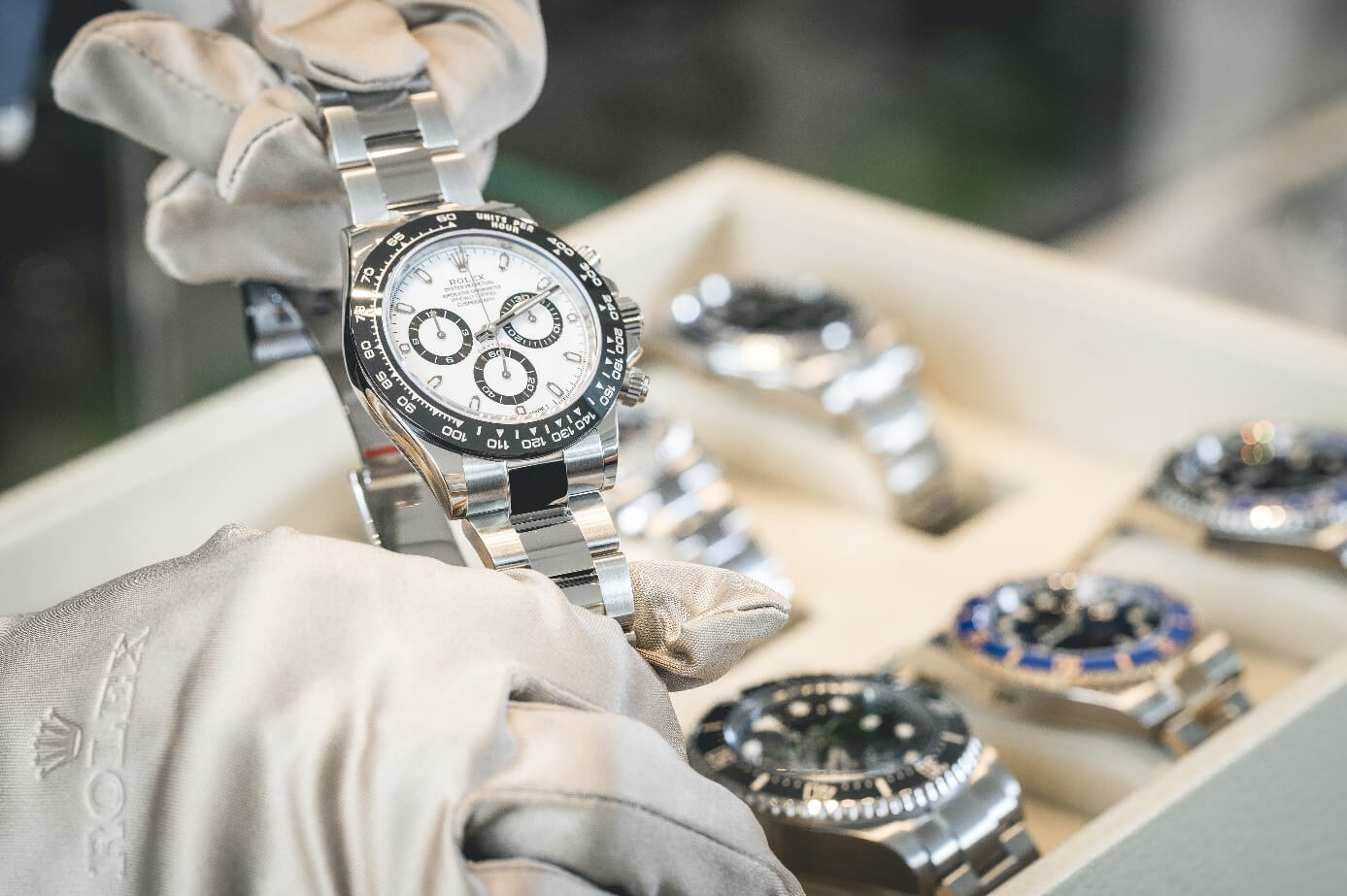Almost 200 years ago, on April 18, 1827, Goethe and his assistant Eckermann had taken a ride to the gates of Weimar. On the way, they had encountered well-grown horses and the poet had criticized the inadequacy of the "aestheticians" who would try in vain to capture beauty through abstracts.
Dials as a manifestation of the beautiful
Now, there are undoubtedly manifold manifestations of the timelessly beautiful in the world and among these, besides horses, watch dials may absolutely be counted. Contrary to the German poet's aphorism, an attempt will be made here to shed light on the reasons for this aesthetic fascination and to bring some of it to light.
The perfection of the circle
Essentially, there are probably two aspects that open up, the shape and the color. Here it should be about the form. Immediately the circle catches the eye, which is geometrically a flat curve that shows perfect unity. All its points have the same distance from the center. Therein lies rigor, constancy and regularity. The hands of the clock move with constant speed on this circle. They represent it perfectly. One can also say that they perform a harmonic oscillation in the flow of time.
The round and the circle have positive connotations in society. One knows "a round whole", wants to "round off" something, is in the "circle of the family". The circle also appears in nature, consider the waves created by a stone thrown into water, the circulation of human blood, or the flower shape of flowers such as the aster and the gerbera. And the planetary orbits around the sun are not circles but ellipses, but round. Finally, as far as the achievements of man are concerned, prehistoric technology already knew the wheel.
But back to the clock face. The supposed movement of the sun in the course of the day relative to the earth is also imitated in the dial and the movement of the hands on it. It rises on the horizon in the morning, rises, reaches its peak around noon, and then sinks again until it finally disappears behind the horizon. Even after decades, wristwatches with digital displays have not been able to prevail over analog watches with hands. Could it be that the aesthetic power of the circle plays a role here?
The correspondence in man
We were talking about the sun. It is a ball which contains the circle. The bridge to man shall be built by that poet with whom this contemplation has begun. Goethe once wrote:
"If the eye were not sunlike,
it would never be able to see the sun;
Wouldn't God's own power be in us,
How could the divine enchant us?"
The circle finds a counterpart in man, which is why the round dial attracts him.

